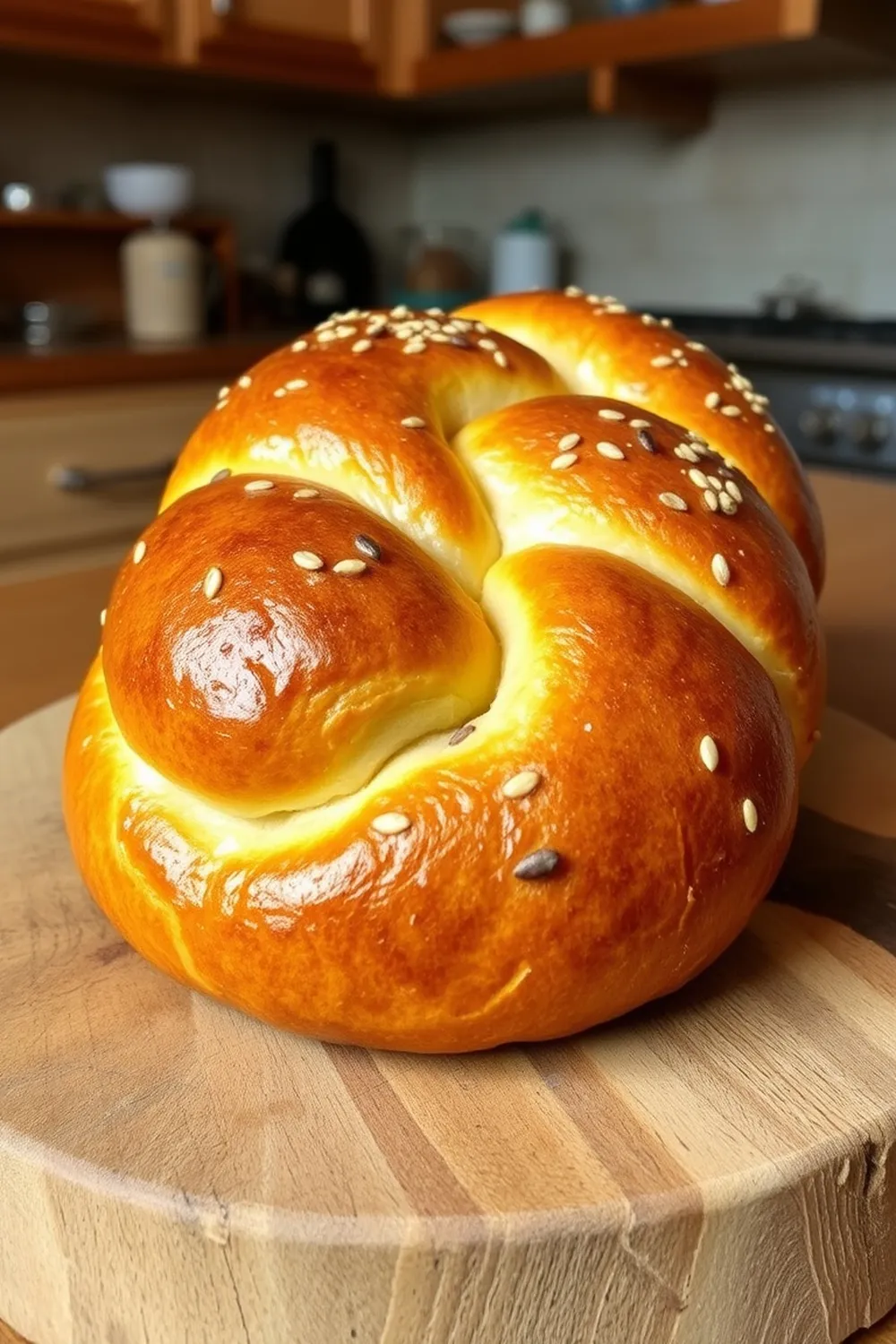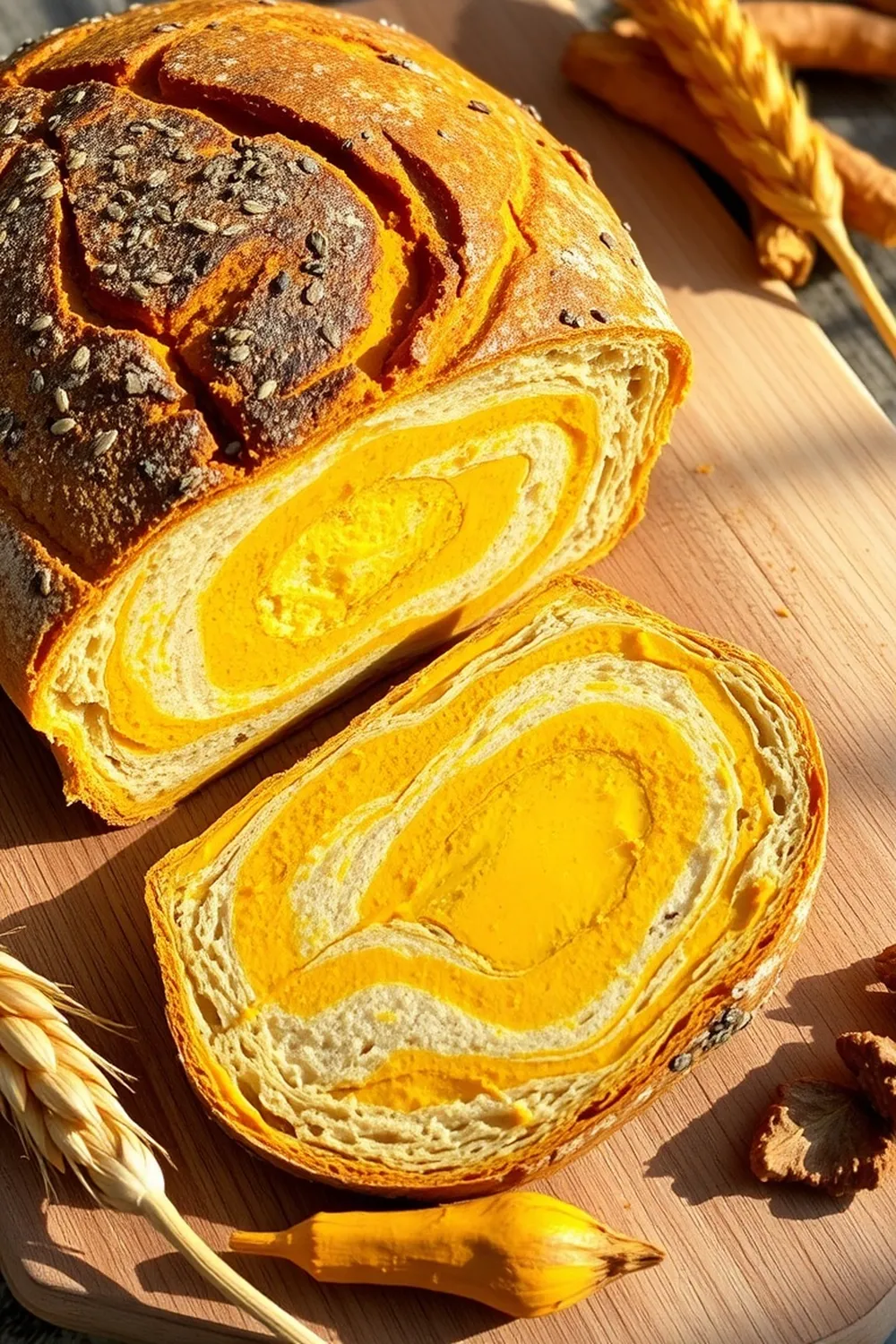- Boil potatoes in a pressure cooker for 15-20 minutes, or until tender. Let cool slightly, peel, and mash thoroughly.
- While mashed potatoes are warm, mix in butter and cream until smooth. Refrigerate for at least 2 hours, or preferably overnight.
- The next day, combine the chilled potato mixture with flour to form a smooth, pliable dough. Add more flour if needed.
- Divide the dough into 12 equal portions.
- On a well-floured surface, roll each portion into a thin 6-8 inch circle.
- Cook on a hot, lightly greased skillet or griddle for 30-60 seconds per side, until golden brown spots appear.
- Stack the cooked lefse under a clean kitchen towel to keep them soft and retain moisture.
- Serve rolled with butter and cinnamon sugar, or with savory fillings like butter and brown sugar, or alongside spicy curry.
- Calories:183 kcal25%
- Energy:765 kJ22%
- Protein:5 g28%
- Carbohydrates:30 mg40%
- Sugar:1 mg8%
- Salt:219 g25%
- Fat:5 g20%
Last Updated on 4 months by Neha Deshmukh
Authentic Potato Lefse Recipe – Scandinavian Flatbread with Indian Flair
Hey everyone! I’m so excited to share this recipe with you. It’s a little different from the usual Indian fare we feature, but trust me – it’s a delicious adventure! I first stumbled upon lefse during a visit with friends who have Scandinavian roots, and I was instantly charmed. It’s a soft, delicate flatbread that’s incredibly versatile. This version blends that Scandinavian tradition with a little Indian warmth, and I think you’ll absolutely love it.
Why You’ll Love This Recipe
This potato lefse is more than just a recipe; it’s a cozy experience. It’s wonderfully comforting, and the process of making it is almost meditative. Plus, the subtle sweetness of the potato pairs beautifully with both traditional Scandinavian toppings and spicy Indian flavors. It’s a fantastic way to try something new and impress your family and friends! It takes a little time, but the results are so worth it.
Ingredients
Here’s what you’ll need to create this delightful lefse:
- 1 cup (approximately 200g) boiled mashed potato
- 1 tablespoon (14g) butter
- 3 tablespoons (45ml) heavy cream
- ½ teaspoon (2.5g) salt
- 1 cup (120g) all-purpose flour
Ingredient Notes
Let’s talk ingredients! A few things can really make or break this recipe.
- Boiled Potatoes: Use a starchy potato like Russet or Yukon Gold. They mash beautifully and give the lefse that perfect texture. Don’t skimp on the boiling time – you want them really tender.
- Butter Quality: Good butter makes a difference! I prefer using unsalted butter so I can control the salt level, but salted works too – just reduce the added salt slightly.
- Flour Type: All-purpose flour is the standard, but you can experiment with bread flour for a slightly chewier texture.
- Regional Variations: Lefse making varies across Scandinavia! Norwegian lefse often uses more potato, while Swedish versions might be a bit thinner. Finnish ohukainen is similar but even thinner and often served with savory fillings.
- An Indian Twist: Feel free to substitute the butter with ghee! It adds a lovely nutty flavor that complements the potato beautifully.
Step-By-Step Instructions
Alright, let’s get cooking!
- First, boil your potatoes in a pressure cooker for about 25 minutes. Once they’re tender, let them cool enough to handle, peel them, and mash them thoroughly. No lumps allowed!
- While the mashed potatoes are still warm, mix in the butter and heavy cream. This is where it starts to come together.
- Now, refrigerate the potato mixture overnight. This is a crucial step! It allows the flavors to meld and the dough to firm up.
- The next day, combine the chilled potato mixture with the flour and salt. Knead it gently until you have a smooth, pliable dough. Don’t overwork it!
- Divide the dough into 12 equal balls. This ensures each lefse is roughly the same size.
- On a lightly floured surface, roll each ball into a thin 5-inch (12.5cm) circle. This takes practice, so don’t worry if your first few aren’t perfect.
- Heat a hot skillet (cast iron is ideal!) over medium-high heat. Cook each lefse for about 1 minute per side, until you see golden spots appear.
- As they cook, stack the lefse under a clean kitchen towel to keep them soft and moist.
Expert Tips
Here are a few things I’ve learned along the way:
- Thin is Key: The thinner you roll the lefse, the better! It should be almost translucent.
- Preventing Sticking: Make sure your skillet is hot enough before adding the lefse. A light coating of butter or oil can also help.
- Moisture Matters: Stacking the cooked lefse under a cloth is essential. It traps steam and keeps them from drying out.
- Flour Power: Don’t be afraid to use extra flour on your work surface to prevent sticking.
Variations
Want to switch things up? Here are a few ideas:
- Vegan Lefse: Swap the butter for your favorite plant-based butter and the heavy cream for a vegan cream alternative. It works beautifully! My friend Sarah swears by cashew cream.
- Gluten-Free Lefse: Use a good quality gluten-free flour blend. You might need to adjust the amount of liquid slightly to get the right consistency.
- Spice Level: Add a pinch of cardamom or nutmeg to the dough for a warm, fragrant twist.
- Festival Adaptations: Lefse is traditionally served during Christmas in Scandinavian countries. It’s a lovely addition to any festive spread!
Serving Suggestions
Okay, this is the fun part!
- Traditional Scandinavian: The classic way to enjoy lefse is rolled with butter and sprinkled with cinnamon sugar. Simple, yet divine.
- Indian-Inspired: This is where things get interesting! Serve your lefse alongside a spicy curry, like a flavorful chicken vindaloo or a hearty chana masala. It’s also fantastic with chutneys – mango chutney is a personal favorite.
Storage Instructions
Leftover lefse can be stored in an airtight container in the refrigerator for up to 3 days. Reheat gently in a skillet or microwave before serving. You can also freeze them! Stack them with parchment paper between each lefse to prevent sticking.
FAQs
Got questions? I’ve got answers!
- What type of potatoes work best for lefse? Starchy potatoes like Russet or Yukon Gold are ideal.
- Can I make the dough ahead of time and freeze it? Absolutely! Wrap the dough tightly in plastic wrap and freeze for up to 2 months. Thaw overnight in the refrigerator before rolling.
- How do I prevent the lefse from becoming dry? Stack them under a cloth immediately after cooking, and store leftovers in an airtight container.
- What is the best way to roll out the lefse thinly? Practice makes perfect! Use a light touch and plenty of flour.
- Can I use a rolling pin with adjustable thickness settings? Yes, that can be helpful, especially when you’re starting out. Just aim for the thinnest setting!
Enjoy making (and eating!) this delicious lefse. I hope it brings a little Scandinavian sunshine and Indian spice into your kitchen! Let me know how it turns out in the comments below.










